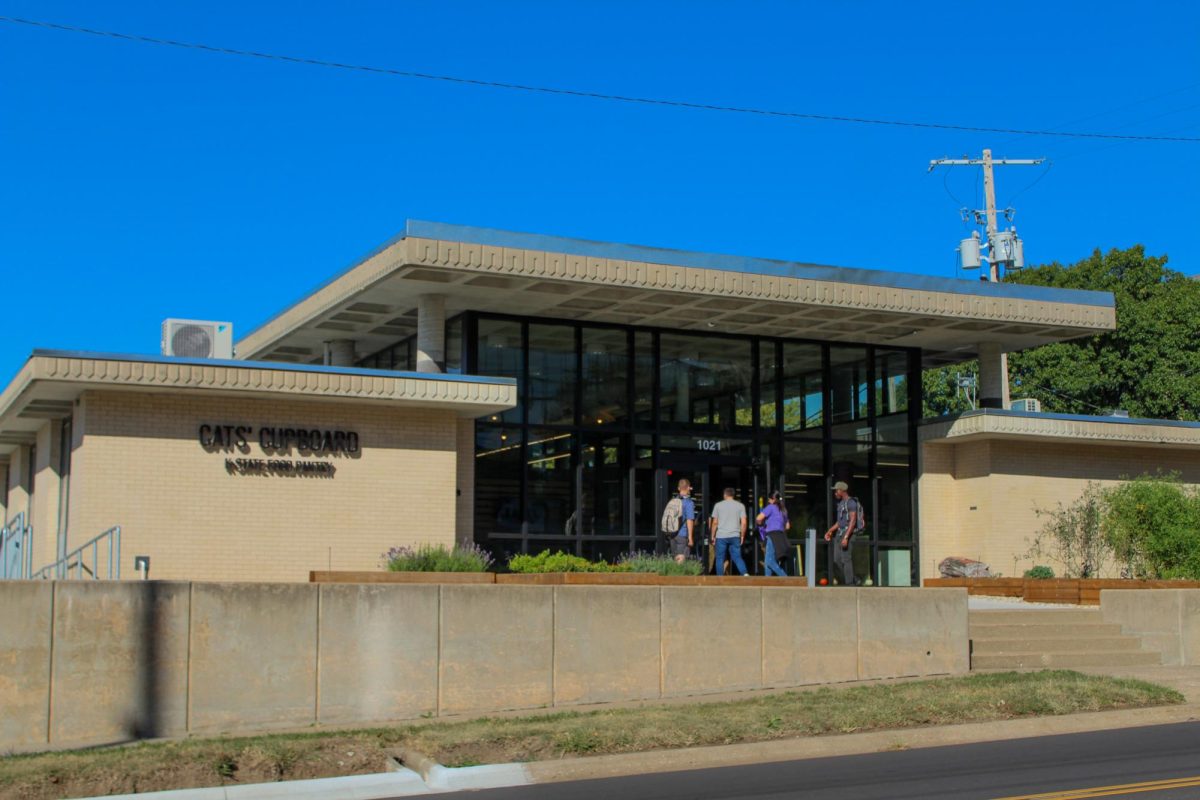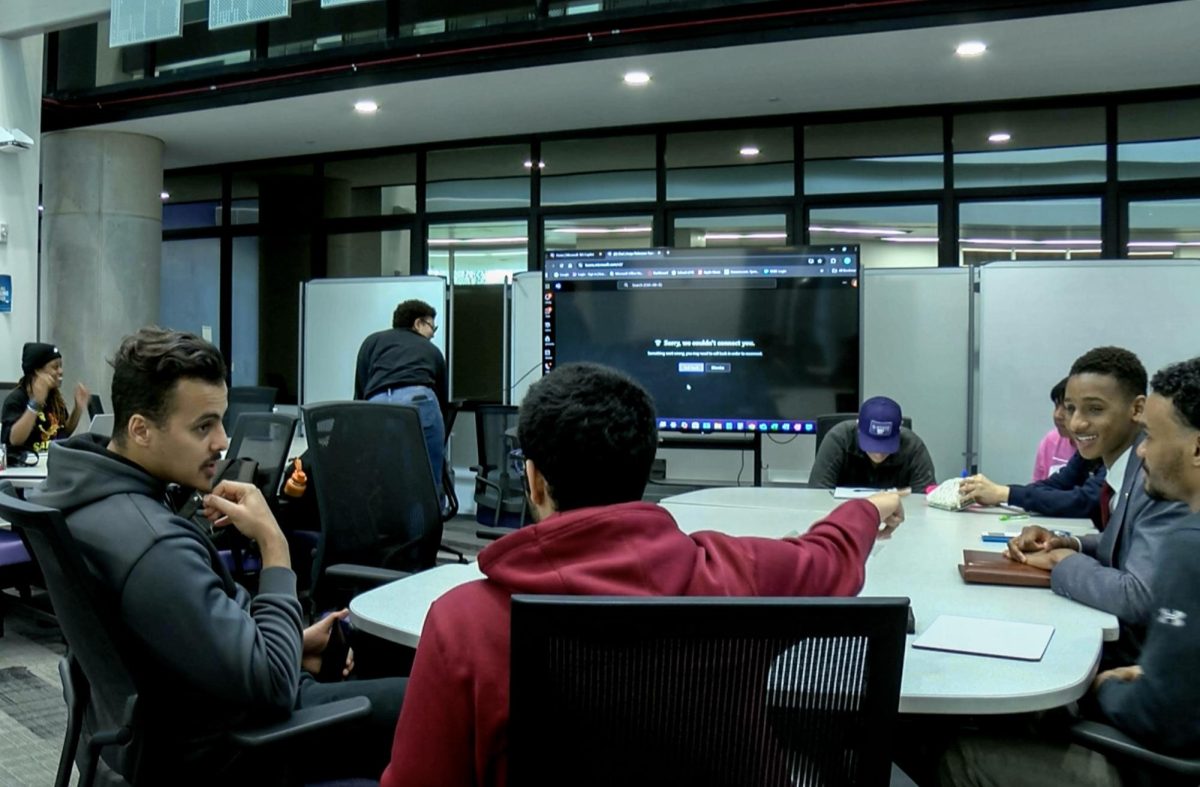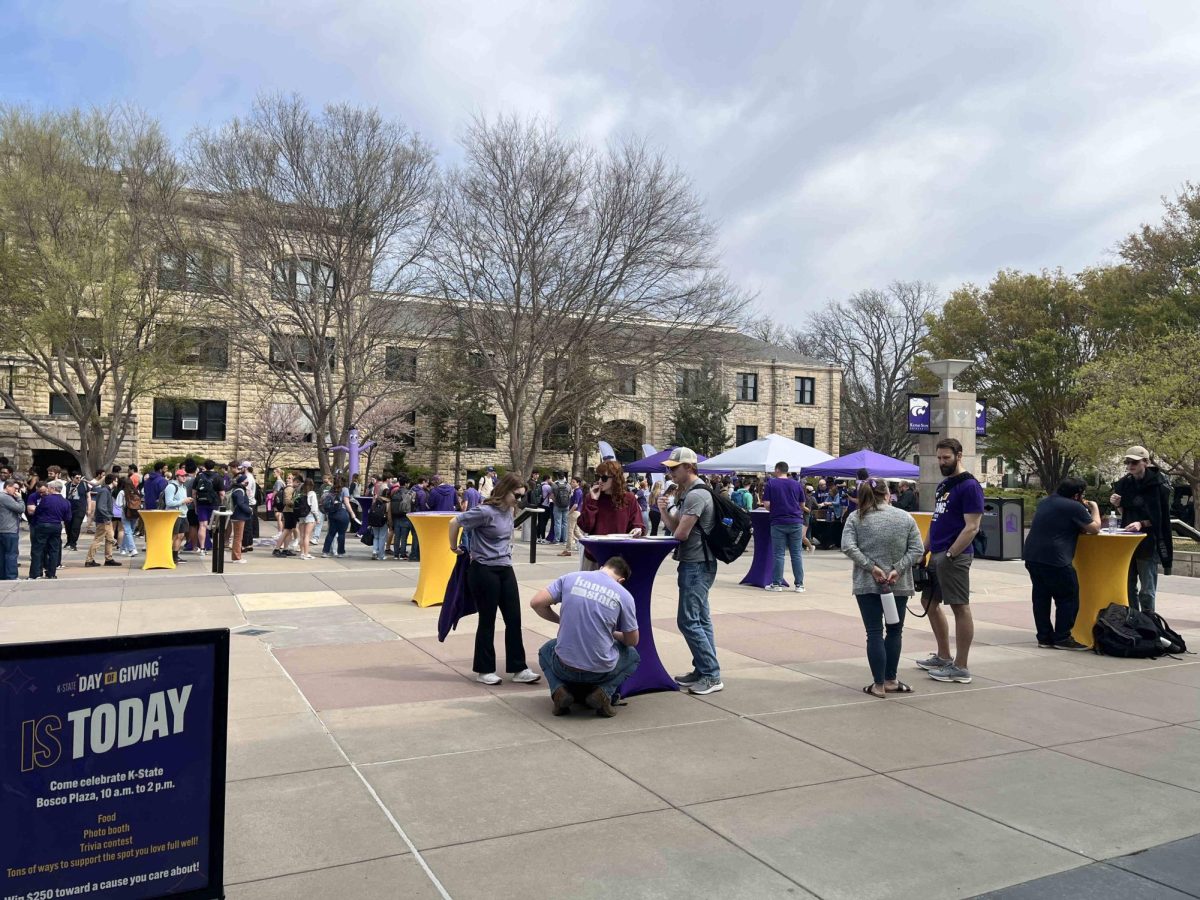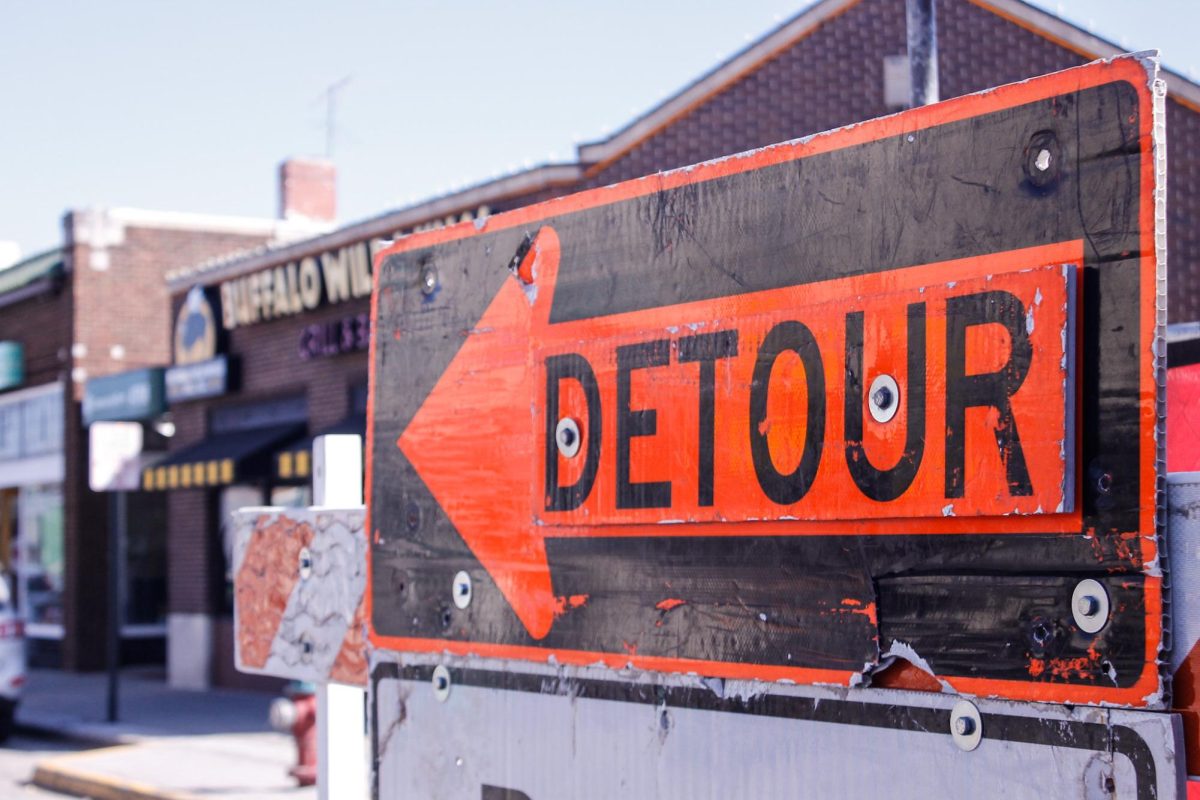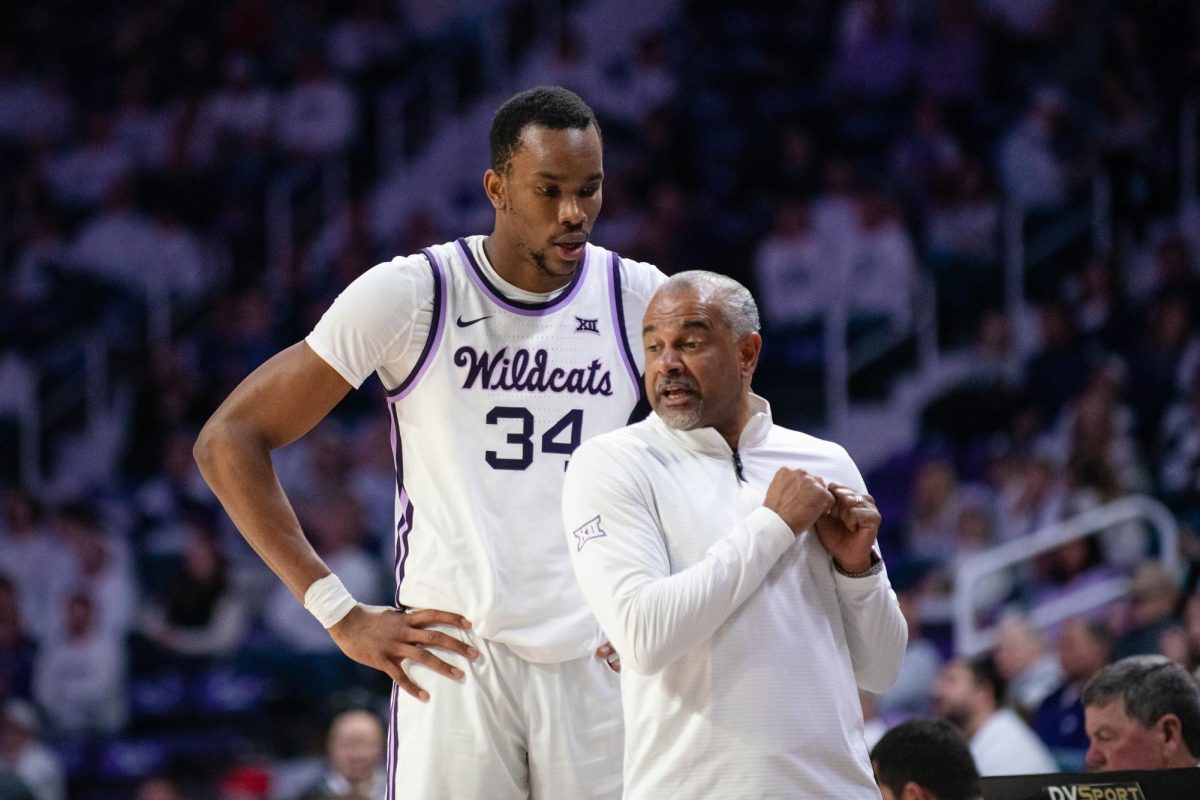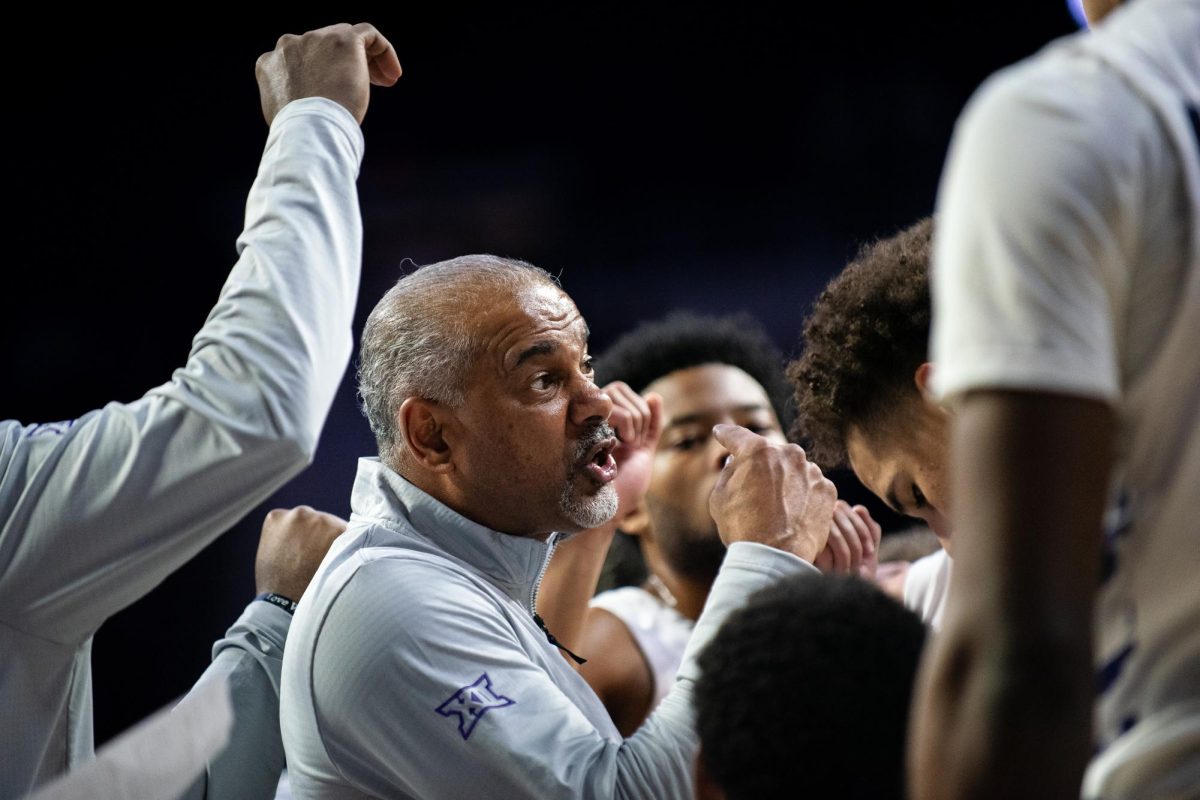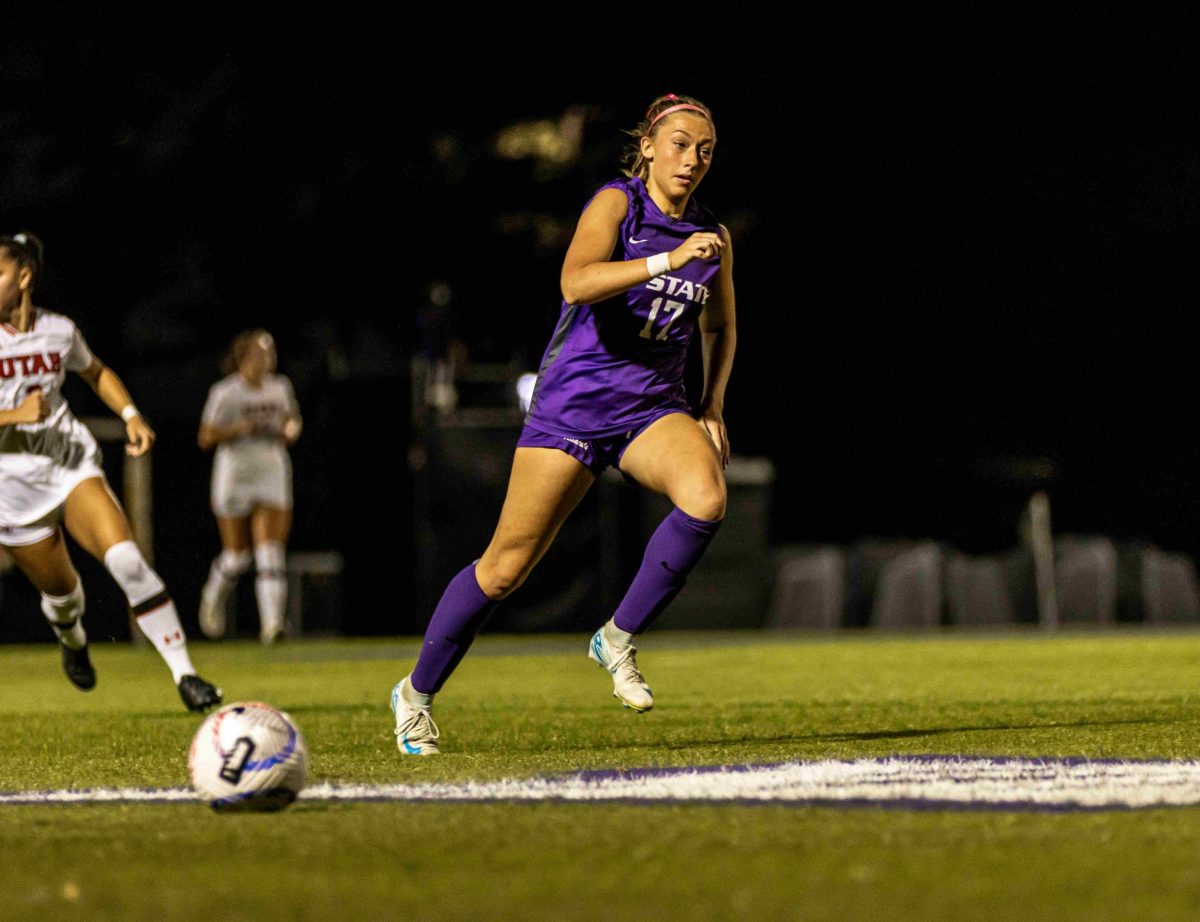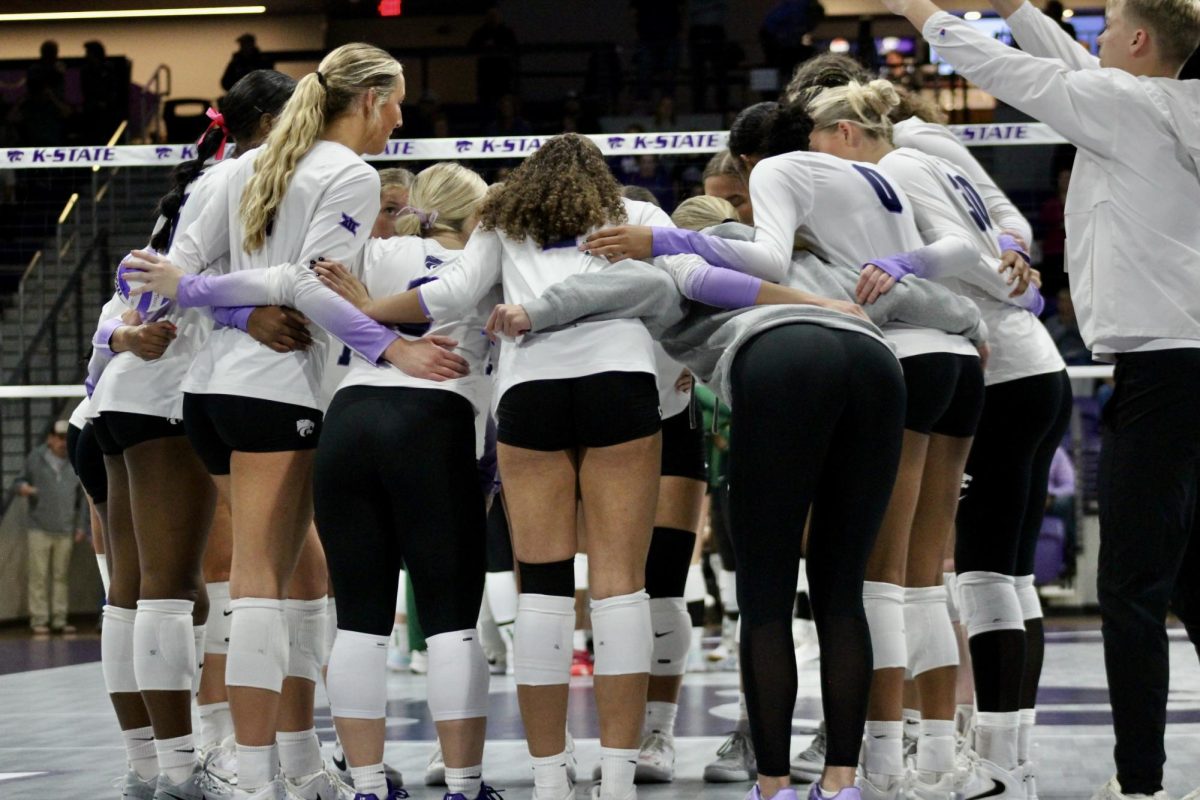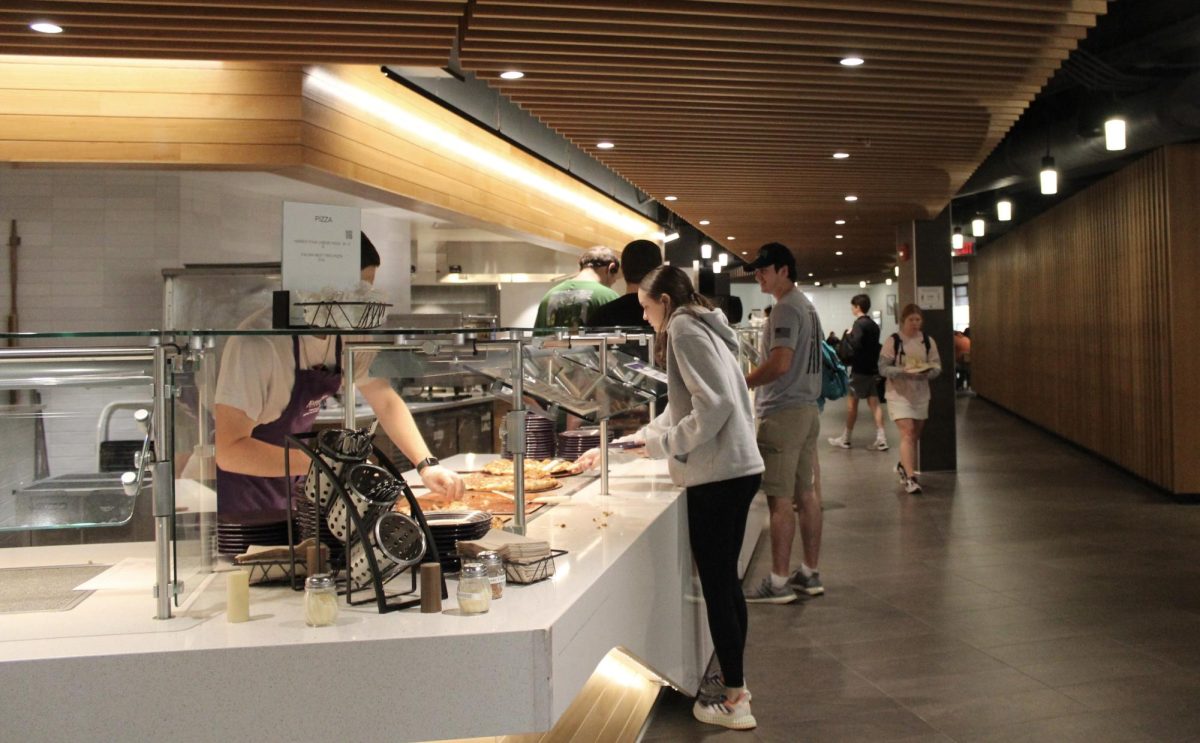A casual drive to class will become the new normal for Kansas State student Kallie Atwell next school year as she transitions from on-campus living to renting a house. Her own bedroom, a spacious living room and a kitchen are a few perks of her soon-to-be home, but leaving her dorm behind wasn’t always her plan.
Housing and dining costs for on-campus living have increased for the next academic year because of rampant inflation, Michael Crow, associate director for administrative services, said.
“2021 to 2023 was the highest annual inflation over a three-year period since before the turn of the century,” Crow said.
Robert Gamez, director of financial aid, said the double-room rate will increase by about 3% at the Manhattan campus.
“For 2024-2025 the cost component for housing alone on the Manhattan campus is $7,140,” Gamez said. “If we assume a 2.9% increase over the 2023-2024 rate, that amounts to a dollar increase of approximately $208 for the whole academic year.”
However, honors students will see a decrease in costs with the renovation of Putnam Hall. According to K-State’s on-campus living cost comparison, the cost for honors students to live in a traditional double decreased by $195. Crow said this is because the honors house is a renovated building with amenities while Putnam is still awaiting renovation.
According to the real estate company RedFin, in February 2024, home prices in Manhattan were up 17.8% compared to 2023. Atwell said it’s still cheaper for her to live off campus if she splits rent costs with her friends.
“This year my bill said I paid about $15,300 to live in the dorms, but I will only pay about $7,000 for the 10 months I live in the house,” Atwell said.
Allysn Jenkins, freshman in architecture, said she plans to live in the dorms again next year.
“I can get healthier food which is being prepared for me, which saves me a lot of time,” Jenkins said. “Due to the demands of my major, it’s worth it to spend a little more money to save me time and have good nutrition over living off campus.”
Noah Clark, junior in mechanical engineering, said he didn’t know the costs are increasing.
“It feels like the university just wants to make as much money as possible,” Clark said.
Jenkins said the university needs to communicate better with students.
“I don’t know why they increased prices,” Jenkins said. “As a student who pays to keep the university going, I want to know how they are spending my money.”
Crow said improvements are being made to housing and dining, and some will require ongoing expenses.
“Housing and Dining Services receives no funding from the state so it must stand on its own financially,” Crow said. “This means the renovation of Boyd and Putnam Halls must be funded by bonds that will require a long-term commitment and annual expenditure of funds. The current bond expense for the department is about $9,000,000 annually.”
Improvements include a new fire alarm system in Moore Hall and projects to upgrade the bathrooms and system infrastructure.
“With any of these renovation projects, a large percentage of the cost is due to infrastructure enhancement, which is critical to the life and health of the building, but is rarely noticed by residents because it is often hidden behind walls,” Crow said.
To help students who may struggle financially because of the increase in housing and dining prices, the Office of Student Financial Assistance has Financial Offer Notifications.
“When the FONs are produced, we will inform every student receiving any form of financial aid through our office, not just of the aid we’ve offered, but also a detailed breakdown of the individual cost of attendance components for the student,” Gamez said.
However, Gamez said with the federal government’s delay in processing the Free Application for Federal Student Aid for 2024-25, the OSFA is unable to award federal, state and some forms of institutional aid and produce the “critical” FON at this time.



